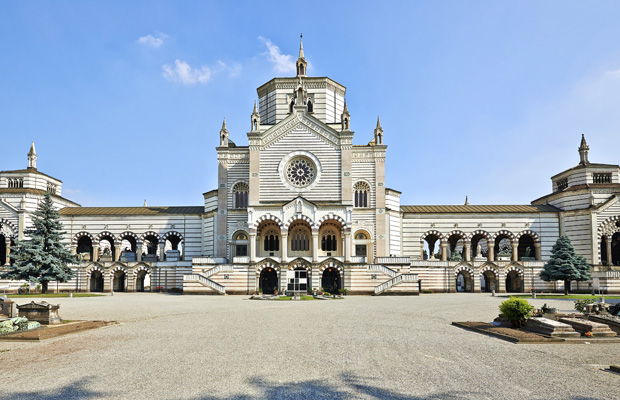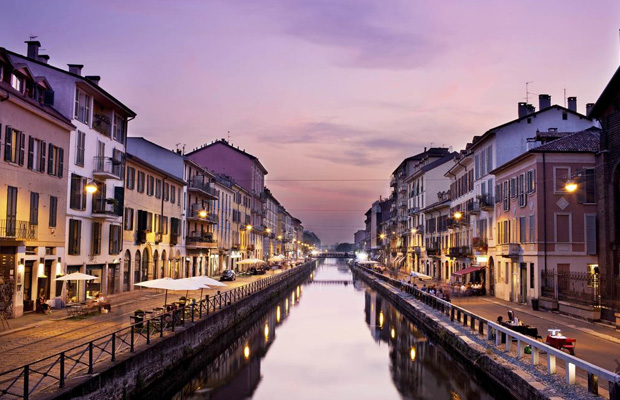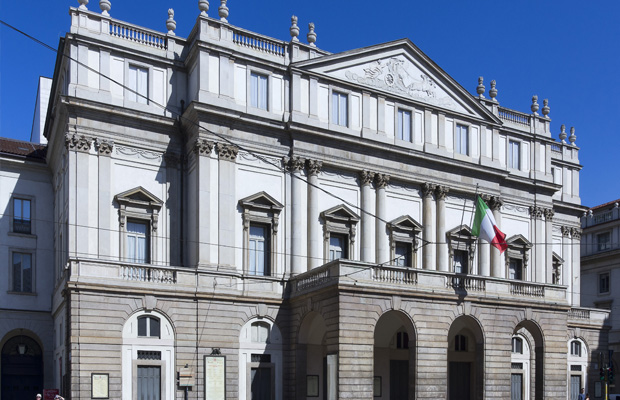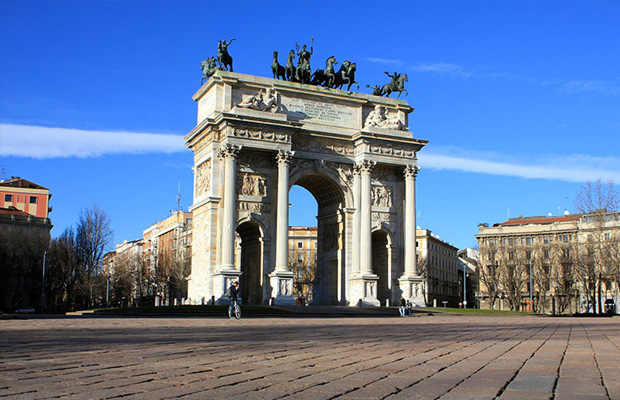Monumental Cemetery
Monumental Cemetery
Italy
Milan
Milan Travel Guide
Book Tour & Activities
Your tour in Milan.
Book your stay
Your hotel in Milan.
Overview
The Cimitero Monumentale is one of the two largest cemeteries in Milan, Italy, the other one being the Cimitero Maggiore. It is noted for the abundance of artistic tombs and monuments. Designed by the architect Carlo Maciachini, it was planned to consolidate a number of small cemeteries that used to be scattered around the city into a single location.
The Cimitero Monumentale is one of the two largest cemeteries in Milan, Italy, the other one being the Cimitero Maggiore. It is noted for the abundance of artistic tombs and monuments. Designed by the architect Carlo Maciachini, it was planned to consolidate a number of small cemeteries that used to be scattered around the city into a single location. Officially opened in 1866, it has since then been filled with a wide range of contemporary and classical Italian sculptures as well as Greek temples, elaborate obelisks, and other original works such as a scaled-down version of the Trajan's Column. Many of the tombs belong to noted industrialist dynasties, and were designed by artists such as Adolfo Wildt, Giò Ponti, Arturo Martini, Agenore Fabbri, Lucio Fontana, Medardo Rosso, Giacomo Manzù, Floriano Bodini, and Giò Pomodoro. The main entrance is through the large Famedio, a massive Hall of Fame-like Neo-Medieval style building made of marble and stone that contains the tombs of some of the city's and the country's most honored citizens, including that of novelist Alessandro Manzoni.
The Jewish Section
The section, planned by Carlo Maciachini, was opened in 1872 as a substitute for the cemeteries of Porta Tenaglia, Porta Magenta and Porta Vercellina. It is located east of the catholic cemetery and has a separate entrance. The area is the result of an enlarging of 1913 which added a zone in the southern and eastern direction. The central building was originally the entrance to the cemetery.
The numbering of the tombs is repeated because the cemetery is subdivided into 6 fields and an addition in the eastern side. There are also three common fields one of which for children, with burials between 1873 and 1894, with small gravestones with name, surname and date of death in the ground.
The monuments, built between 1866 and our days, are located along the walkways. There are also family shrines, two of which planned by Maciachini, columbariums and ossuaries on the northern and western walls and burials in the central building. The burials are 1778, some of which are in memory of people killed by the nazis in concentration camps or in the lake Maggiore (Meina massacre).
There are many monuments of artistic value built by important architects and sculptors, described in the guide book by Giovanna Ginex and Ornella Selvafolta .
The following architects have worked in the Jewish section: Carlo Maciachini (shrines Davide Leonino e Pisa), Giovanni Battista Bossi (tomb Anselmo de Benedetti), Ercole Balossi Merlo (shrine Leon David Levi), Luigi Conconi (shrine Segre), Giovanni Ceruti (shrine Vitali), Carlo Meroni (tomb Taranto), Cesare Mazzocchi (shrine Giulio Foligno), Manfredo d'Urbino (shrine Jarach, tomb Mayer, tomb Besso, Monument to the Jewish Martyrs of Nazism), Gigiotti Zanini (tomb Zanini), Adolfo Valabrega (shrine Moisé Foligno), Luigi Perrone (shrine Goldfinger) and the sculptors Mario Quadrelli (shrine Pisa), Giuseppe Daniele Benzoni (tomb Ottolenghi Finzi), Luigi Vimercati (tomb Estella Jung), Agostino Caravati (tomb Alessandro Forti), Rizzardo Galli (tomb Vittorio Finzi), Enrico Cassi (tomb De Daninos), Attilio Prendoni (tomb Errera and Conforti), Eduardo Ximenes (shrine Treves), Giulio Branca (tomb Giovanni Norsa), fratelli Bonfanti (tomb Davide and Beniamino Foà), Enrico Astorri (tomb Carolina Padova e Fanny Levi Cammeo), Egidio Boninsegna (tomb Giuseppe Levi), Dario Viterbo (colombarium Levi Minzi), Giannino Castiglioni (tombs Ettore Levis and Goldfinger), Adolfo Wildt (tomb Cesare Sarfatti), Eugenio Pellini (tomb Bettino Levi), Arrigo Minerbi (tomb Renato del Mar), Roberto Terracini (tomb Nino Colombo).
The central building was enriched in May 2015 with artistic windows representing the 12 Israel tribes by artist Diego Pennacchio Ardemagni.
Address: Piazzale Cimitero Monumentale, 20154 Milano MI, Italy
Hours: Closed ⋅ Opens 8AM
Phone: +39 02 8846 5600
Owner: Milan
Burials: Giuni Russo, Enzo Tortora, Carlo Maciachini
Video Travel Inspiration
See Monumental Cemetery on Map
Most Popular Cities

Siem Reap
Cambodia
Ho Chi Minh City
Vietnam
Beijing
China
Paris
France
London
United Kingdom
New York
USA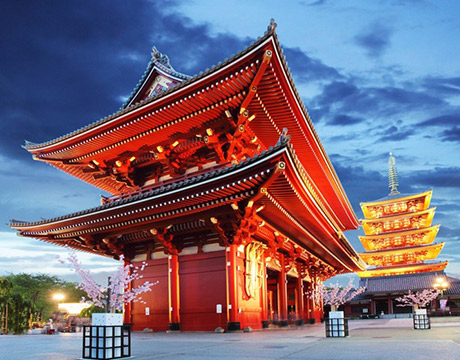
Tokyo
Japan
Bangkok
Thailand
Seoul
South Korea
Vientiane
Laos
Yangon
Myanmar
Washington DC
USA
Los Angeles
USA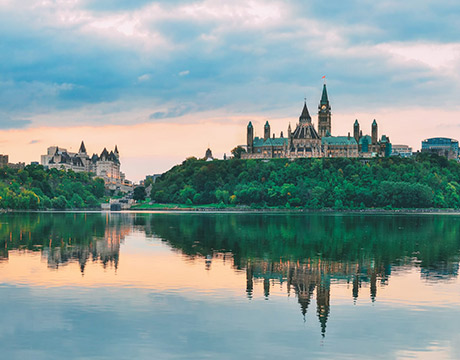
Ottawa
Canada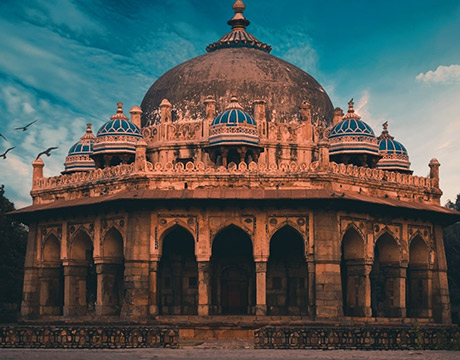
New Delhi
India
Singapore
Singapore
Kuala Lumpur
Malaysia
 English
English French
French Khmer
Khmer Thai
Thai Vietnamese
Vietnamese Chinese
Chinese Korean
Korean German
German Japanese
Japanese Italian
Italian Russian
Russian Spanish
Spanish Dutch
Dutch Indonesian
Indonesian Malay
Malay
